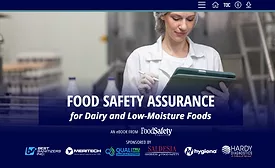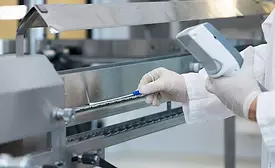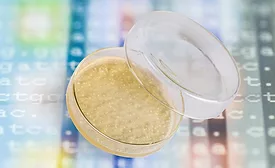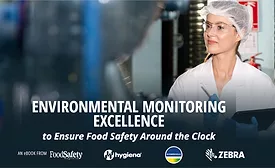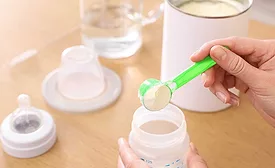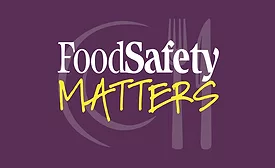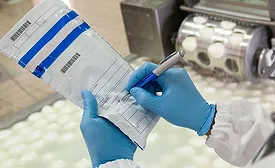Home » environmental monitoring
Articles Tagged with ''environmental monitoring''
Advancing Food Safety Through an Enhanced Approach to Environmental Monitoring and Source Tracking
Nuanced approaches are needed for industry, academia, and government to reduce contaminants in RTE foods
February 17, 2025
Sponsored Content
eBook | Environmental Monitoring Excellence: Ensuring Food Safety Around the Clock
December 9, 2024
How to Improve Salmonella Controls to Create an Effective Cronobacter Control Strategy
Salmonella control strategies are foundational to maintaining safe food manufacturing environments, but those programs must be taken to the next level to ensure that powders are free from Cronobacter
October 14, 2024
Challenges for Evaluation of Your Environmental Monitoring Program
EMPs are not just documents to be written and forgotten, but living systems that require active management
August 8, 2024
Food Safety Insights: Food Safety Priorities—Getting ‘Back to Basics'
Pandemic disruptions prevented a greater focus on fundamental issues, to which processors are now returning
October 5, 2023
Never miss the latest news and trends driving the food safety industry
eNewsletter | Website | eMagazine
JOIN TODAY!Copyright ©2025. All Rights Reserved BNP Media.
Design, CMS, Hosting & Web Development :: ePublishing
